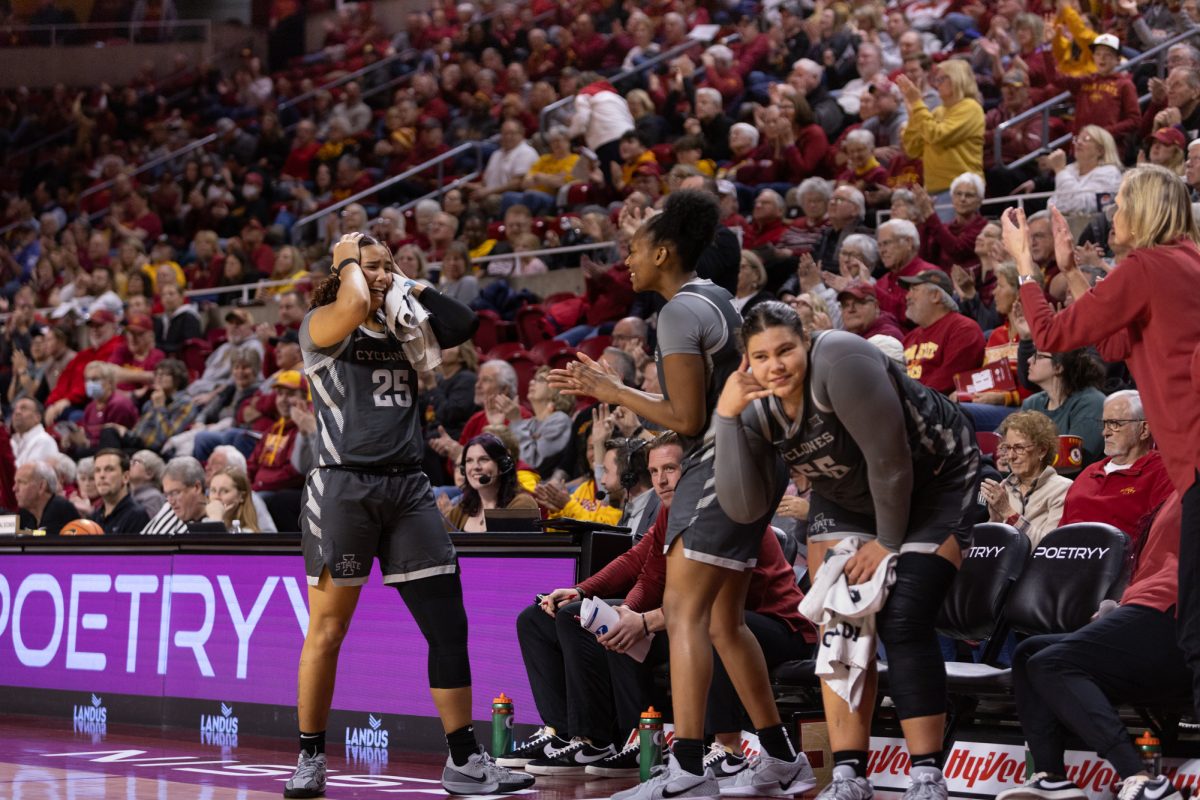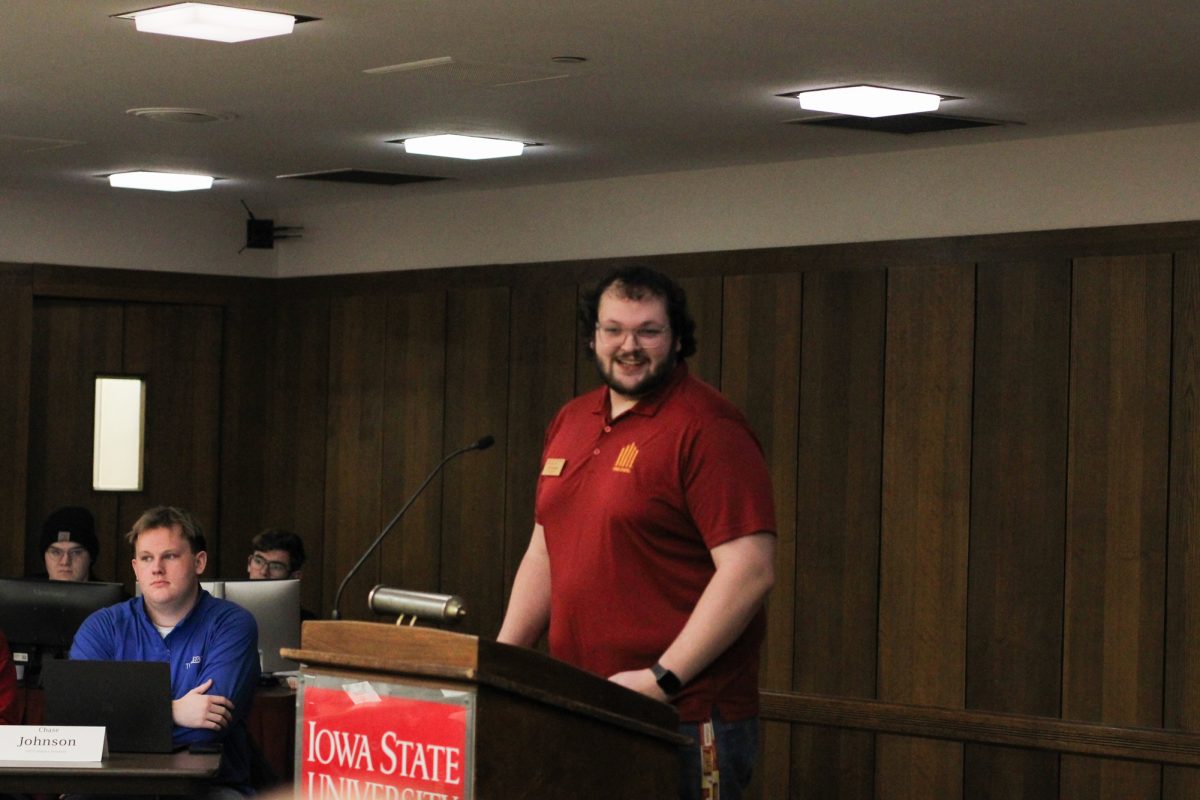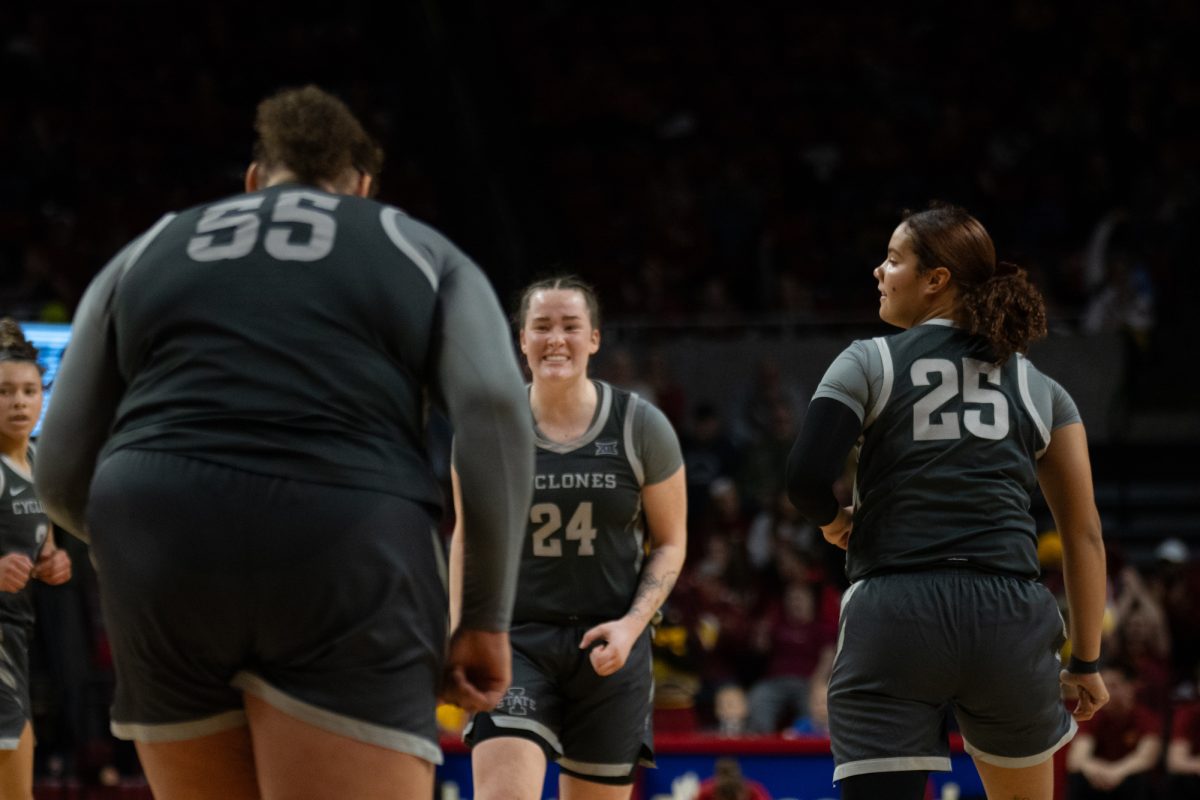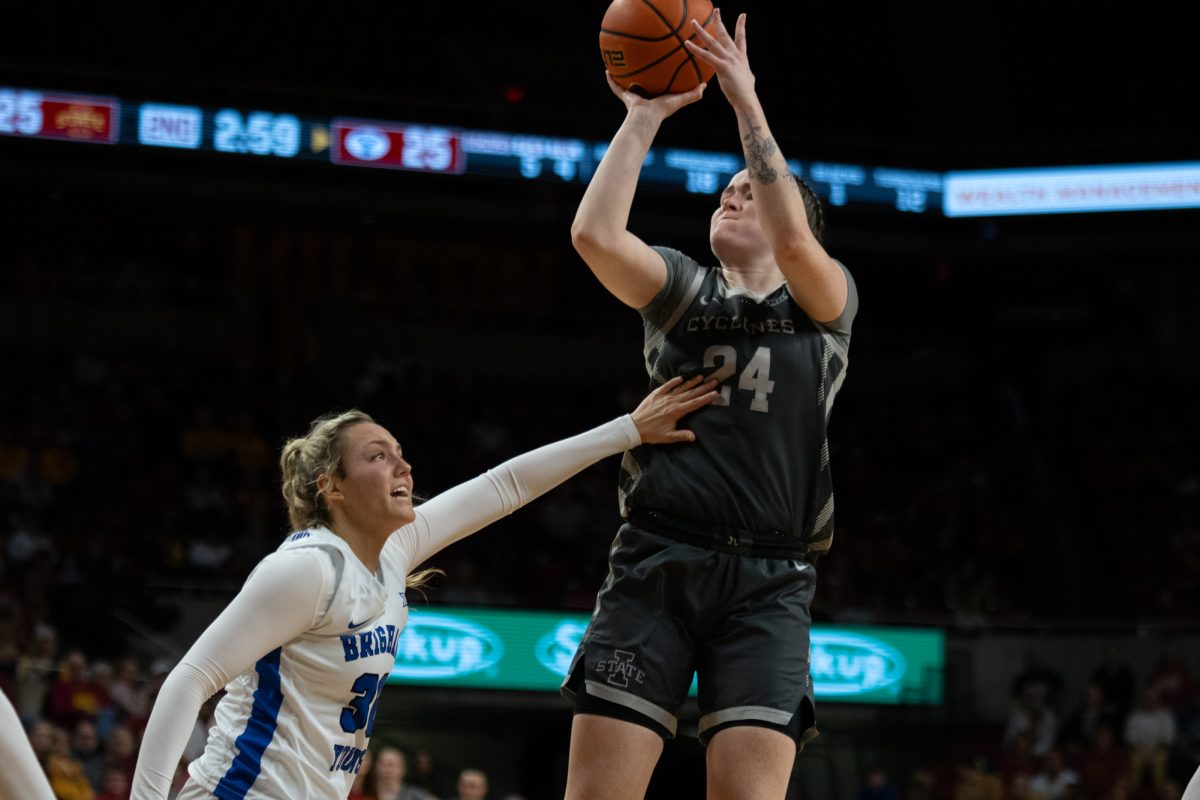Seeing double
October 10, 2005
A recently published study that found most college students overestimate the alcohol consumption of their peers contradicts the findings of a survey of ISU students done two years ago.
The National Social Norms Resource Center released the results of a study in late September showing more than 70 percent of college students at 130 universities nationwide overestimate the amount of alcohol consumed by other students. According to its Web site, the center provides research on a “broad range of health, safety and social justice issues, including alcohol-related risk-reduction and the prevention of tobacco abuse.”
A 2003 survey of ISU students conducted by the Department of Substance Abuse and Violence Prevention and the Thielen Student Health Center concluded most ISU students underestimated the percentage of their peers who had consumed alcohol in the 30 days preceding the survey.
According to the study, ISU students estimated 52 percent of their peers drank in the last 30 days, while the actual number was closer to 73 percent.
The ISU study also found students estimated approximately 42 percent of their peers engage in high-risk drinking, defined as consuming five or more drinks in a sitting, which was close to the national survey’s result of 41 percent.
Sara Kellogg, program coordinator for substance abuse and violence prevention, said the timing of the survey may account for why Iowa State seems to be an exception to the national rule.
“The survey was done during the spring,” Kellogg said. “It wasn’t done during tailgate season or around New Year’s, so alcohol may not have been on the respondents’ minds as it might be at other times.”
Tak-Sing So, senior in accounting, said he thinks more students should take classes about the prevalence of alcohol use.
“It would give students a better idea of how severe a problem drinking is,” So said.
A student’s conception of the amount of alcohol consumed by classmates, he said, can affect that individual’s behavior.
“If you assume more people drink, you’ll probably drink more yourself,” he said.
George Belitsos, director of Youth and Shelter Services Inc., an Ames-based nonprofit organization, said although ISU students may be better informed than others about alcohol, overestimation is still a problem worth addressing.
“It’s important that we share with students the results of studies like the one at the National Social Norms Research Center because overestimating impacts a student’s behavior,” Belitsos said.
“The more we get people to realize that overconsumption isn’t as prevalent as they think,” he said. “The less people will overconsume.”
He said students can overestimate alcohol consumption of their peers so their own use seems less severe.
“Sometimes it’s our psychological tendency to see negative behaviors as more common than they actually are,” he said. “It helps people feel better about their own use.”
Kellogg said programs put in place around the time of the survey to educate about alcohol may have affected students’ perceptions.
“It may be due in part to the social norms program the Thielen Student Health Center put in place,” she said.
The program distributed posters and fliers with the goal of educating students about the prevalence of alcohol among students.
The social norms program was discontinued last year, she said, because it lost its funding.
Dan Culbertson, senior in hotel, restaurant and institution management, said the climate at Iowa State accounts for why ISU students tend to be more informed about alcohol consumption than students at other universities.
“As students, we have a realistic idea about alcohol use because of the campus life we have,” Culbertson said.
“At schools like Iowa, they’re allowing 18-year-olds into bars, but you have to be 21 here,” he said. “There’s stricter enforcement here, so students are better informed.”
Marty Martinez, staff psychologist at the Student Counseling Service, said the nationwide trend to overestimate student alcohol use may serve a positive purpose.
“The figures from the study may be higher than the actual numbers,” Martinez said. “But it reflects students’ views that it’s pervasive.”
He said such widespread overestimation raises students’ awareness of how to approach alcohol.
“It makes students prepare themselves about how they respond when alcohol is offered,” he said. “That’s a good thing.”






